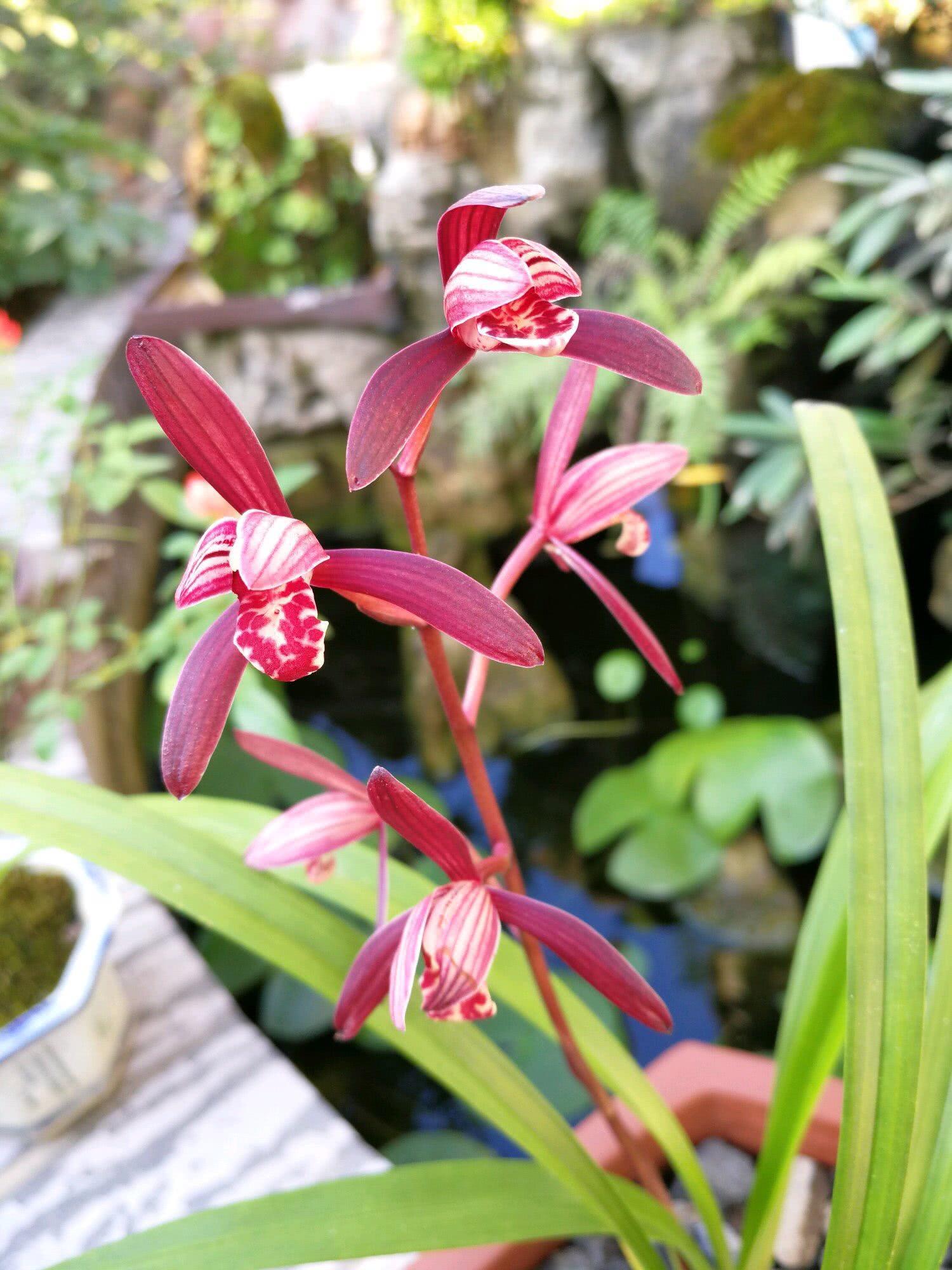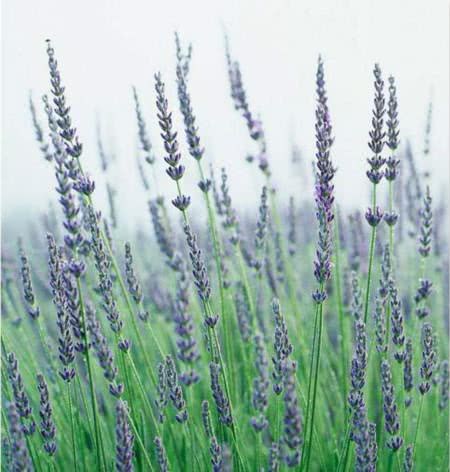Orchid basin 3 characteristics tell you that there is 1 is the advanced state of orchid cultivation

Raise orchids, buy flowers and go back, if not with pots, orchid masters will have to put them on the pot. Orchid pot, involves a problem, that is, the problem of the basin, the novice orchid owner usually does not know when the orchid basin, what are the characteristics of the pot, the little florist is actually not very clear, so I specifically went to consult the old generation of orchids. The picture comes from the bar friend "Guanshi cloth clothes".
1. There is a taboo in the orchid basin: turn the basin and look at the root.
However, there is one basic thing that the gardener still knows, that is, when we check whether orchids take the pot, we should not dig it out directly to look at the soil. It was not easy for other people's orchid seedlings to take the pot to extract new roots, but all their previous efforts were wasted. We have to do it again. This is very hurtful. Let's take a look at the opinions of our predecessors.
two。 Orchid basin feature 1: look at the leaves
The old man said, if you can't dig up and look at the roots, look at the leaves. The leaves can directly show signs of serving pots. If the leaves are twisted, flipped, scorched, and dehydrated, as long as one of them appears, it means there is no good basin. Something's wrong. If the leaves are in good condition, standing upright and standing firmly, it means they are already in the basin, and it's not a big problem. Just wait for them to sprout.
3. Characteristics of orchid basin 2: look at the new buds
The elder also said that if there is no movement in the leaves, then we can observe another thing, whether there are new seedlings unearthed, the old elders who can raise them, can see the orchid sprouting soon after they are on the pot, which is closely related to the state of orchid seedlings and the use of soil. The little gardener tells you the small formula of an old orchid friend: snake wood 4 parts, pond mud 3 parts, tree bark 2 parts, fingernail size granule 1 part. This formula is one of the most commonly used ingredients in our predecessors.
4. The most advanced state of the orchid basin
The elder also said that there is a relatively "advanced" state in the orchid basin, which the florist calls advanced because this state is usually impossible to find, and can only be achieved if the environment, soil, orchid seedlings and other factors perfectly fit together. this situation is: in the early morning, the leaves of orchids drip naturally, and the leaves stand upright, which is a state that many orchid masters yearn for. As beginners, let's fight for this.
5. Orchid basin is "fastidious" in the use of fertilizer.
The elder said that if you want the orchid to take the pot faster, the novice orchid master should also pay attention to the strict watering in the early stage, and spraying water and moistening at night when the autumn is dry. At this time, fertilizer must not be used, thinking that the orchid has not yet taken the pot. It can't eat it even if the fertilizer accumulates in the basin. It is easy to cause fertilizer damage and burn seedlings. When can you use fertilizer?
When we find that orchids draw new buds, leave it to smoke small buds for a while, and we can replenish them when the small buds grow to about 3 centimeters. And at this time, we must make up the thin fertilizer of strong seedlings, strong roots and roots, do not use thick fertilizer, do not use chemical fertilizer, chemical fertilizer will stimulate the orchid seedlings after taking the pot, which is not conducive to root cultivation, and the taste of stimulation will also affect the health of the family. It is not recommended to use it. We still use organic nutrient solution fermented by plants.
Of course, the time of the orchid basin is uncertain, this depends on a number of factors, novice orchid owners should not worry too much, even if you have learned 72 ways of maintenance, it can not be used until it takes the basin, during the basin period, we still have to honestly take care of the orchid seedlings.
- Prev

The variety of lavender is different from purple.
Lavender (Lavandula), a plant of the genus Lavender in the Labiatae, is native to areas with little rainfall along the Mediterranean coast. Most commonly used cultivation species come from southern Europe and the Mediterranean, in the Canary Islands, North Africa and Asia in the northern Atlantic Ocean.
- Next

The courtyard without flowers has conquered countless people.
The general courtyard is full of flowers, the colors are lively and gorgeous. There is a kind of courtyard, simple and elegant, the use of plain charm, can also conquer your eyes. Plain color belongs to the colorless system, although it is colorless, but in plain color.
Related
- Wuhan Hospital Iron Tree Blooming Result Was Instantly Frightened by the Gardener Master
- Which variety of camellia is the most fragrant and best? Which one do you like best?
- What is the small blue coat, the breeding methods and matters needing attention of the succulent plant
- Dormancy time and maintenance management of succulent plants during dormancy
- Minas succulent how to raise, Minas succulent plant pictures
- What are the varieties of winter succulent plants
- How to raise succulent plants in twelve rolls? let's take a look at some experience of breeding twelve rolls.
- Attention should be paid to water control for succulent plants during dormant period (winter and summer)
- Watering experience of twelve rolls of succulent plants
- Techniques for fertilizing succulent plants. An article will let you know how to fertilize succulent plants.

